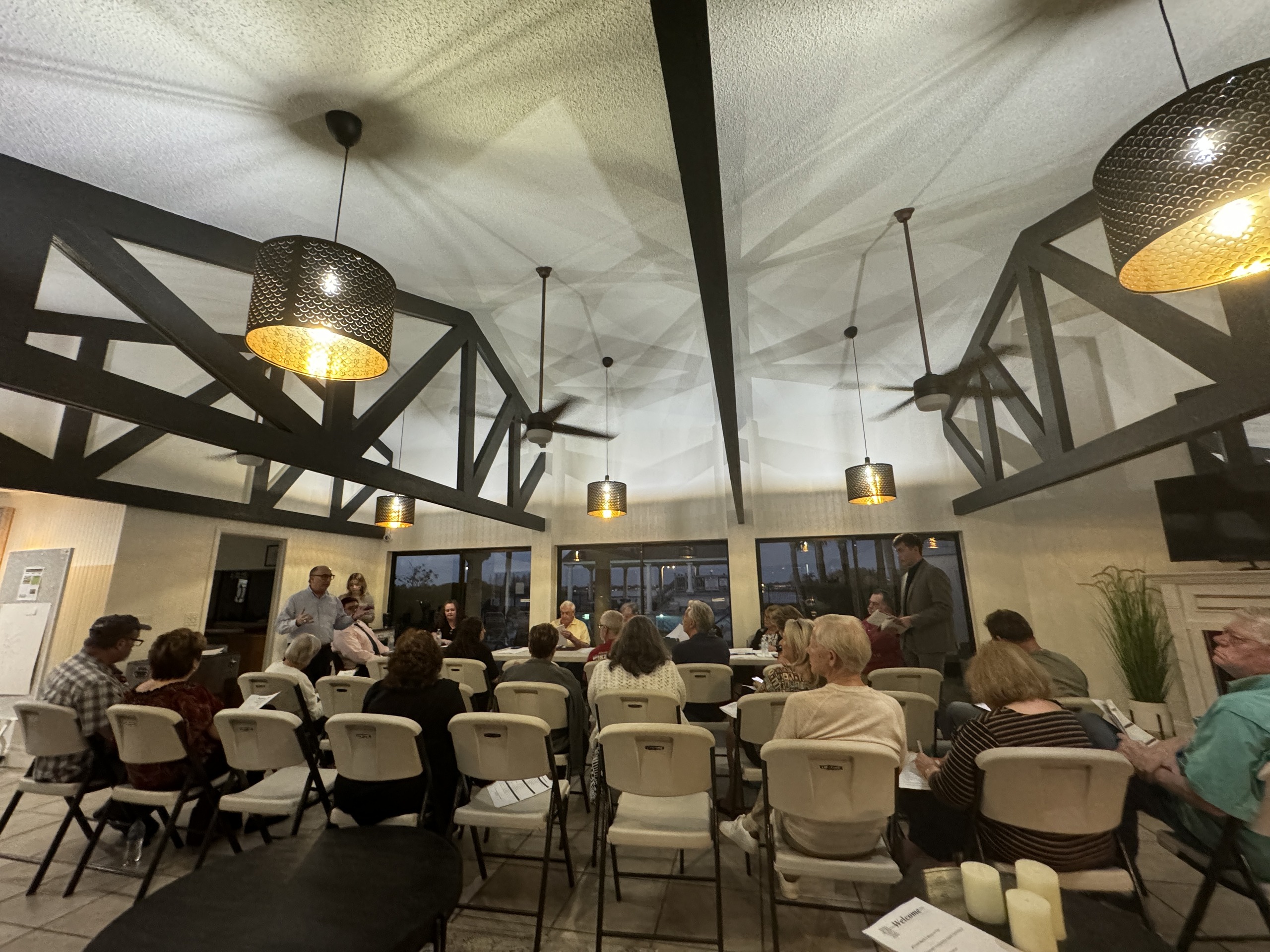Understanding Warehouse Construction Process

Building a warehouse is a complex process that requires careful planning, material selection, and ongoing monitoring to make sure the facility meets operational and safety needs. As engineers, we specialize in monitoring the construction process to guide businesses through these stages and help them create efficient, functional storage spaces.
Here’s a breakdown of what goes into warehouse construction.
What Is Warehouse Construction?
Warehouse construction refers to the process of planning, designing, and building a storage facility for goods. This involves selecting materials, determining the layout, and guaranteeing the structure meets operational needs such as loading docks, shelving systems, and office areas.
While the construction process involves multiple stages, engineers play a key role in monitoring progress. They make sure safety standards are met and assess the building’s compliance with regulations.
The Warehouse Construction Process
1. Planning and Design
Planning a warehouse goes beyond just sizing the building. The layout must reflect the business’s needs, whether for storage, manufacturing, or distribution. Below’s what we consider:
- Space requirements: Determine the appropriate layout for storage, office areas, and loading docks.
- Location: Evaluate access to transportation hubs, like highways or railways, to reduce logistics costs.
- Future growth: Consider future expansion and scalability to avoid operational limitations.
2. Material Selection
Choosing the right materials is important for a durable and cost-effective warehouse. Steel is typically the material of choice for the main structure, offering strength and longevity. Key considerations include:
- Steel: Strong and able to withstand heavy loads, it’s ideal for warehouse frameworks.
- Concrete/wood: Used in specific areas based on design needs.
- Compliance with regulations: Material choices must meet local building codes and safety standards.
3. Construction Monitoring and Safety
Monitoring construction progress is vital to make sure the project is running according to plan. As engineers, we provide constant oversight to catch any issues early, such as:
- Safety compliance: We track adherence to safety standards, like fireproofing and clear exit routes.
- Quality checks: Guaranteeing the building materials and structure meet all design specifications.
- Risk reduction: Identifying potential delays or hazards before they become costly issues.
4. Warehouse Location and Size Considerations
The location of a warehouse is crucial for its functionality, with consideration given to proximity to key markets, transportation hubs, and suppliers. Warehouses are often built near highways or railroads to reduce distribution delays.
Warehouse size is also important. Businesses must consider future growth when choosing a space—too small limits operations. Meanwhile, too large leads to unnecessary maintenance costs.
5. Appraisals and Ongoing Maintenance
After construction, an appraisal determines the warehouse’s value for insurance or resale. Regular maintenance is needed to preserve functionality and meet insurance requirements. Ongoing inspections help identify wear and tear. This allows proactive repairs to minimize downtime and maintain smooth operations.
Stone Building Solutions: Expert Construction Monitoring and Damage Claim Solutions
Stone Building Solutions specializes in offering expert construction monitoring services and damage claim solutions. Our engineers can help you with appraisals and make sure that your warehouse meets all safety and regulatory standards.
With our guidance, you can navigate the complexities of warehouse construction efficiently. We reduce risks and maximize the long-term value of your building project.
Contact us now.
